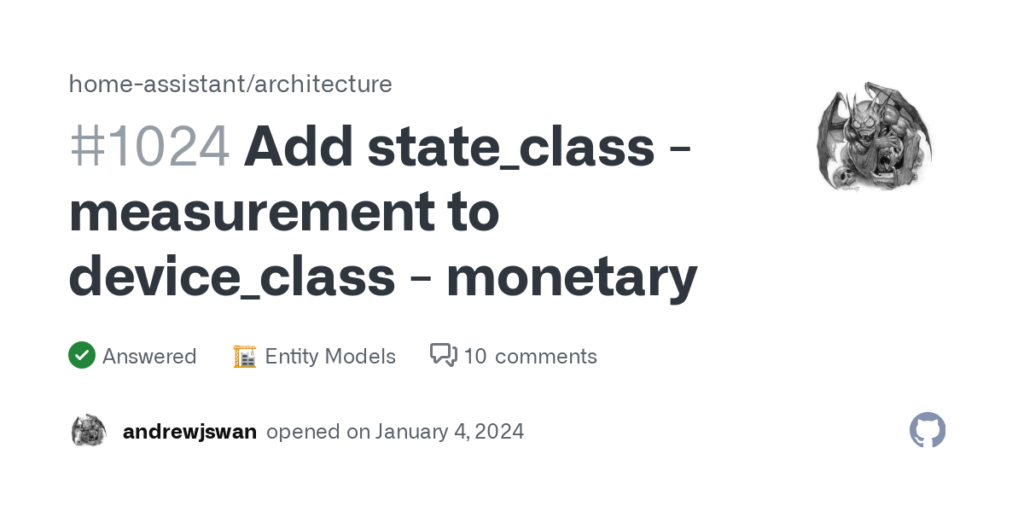In the world of smart homes and automation systems, managing and interpreting data from different devices is very important. Two important terms that help with this are state_class measurement and device_class volume. These classifications are used in systems to help manage devices like sensors that monitor things like temperature, water levels, and even fuel amounts. Understanding how these two terms work together can help users better understand their smart home devices.
In this article, we will explore what state_class measurement and device_class volume mean, how they work together, and why they are useful in real-world applications.
What is State_Class Measurement?
State_class measurement is a term used in automation systems to describe devices or sensors that provide measurements of a specific quantity. These devices track changes over time and can give accurate, real-time information. However, they also offer data that users can look back on to see how things have changed.
Key Points About State_Class Measurement:
- Tracks Changes Over Time: These sensors don’t just provide data at a single moment—they also track how the data changes over time.
- Historical Data: Users can review past data to understand trends or patterns.
- Example Devices: Temperature sensors, humidity sensors, and light level monitors are common examples of state_class measurement devices.
- Used for Trend Analysis: The data from these devices can help users see trends, like how the temperature changes throughout the day.
State_class measurement helps to track things like:
- Temperature changes in a room.
- Humidity levels throughout the day.
- Light intensity during different times of the day.

What is Device_Class Volume?
Device_class volume alludes to a characterization utilized for gadgets or sensors that action how much a material or substance in a particular space. These measurements can be for things like liquids, gases, or solids. The device measures how much material is inside a container or space and provides that data to the system.
Key Points About Device_Class Volume:
- Measures Amount of Material: These devices measure the quantity of a substance, such as fuel, water, or air.
- Real-Time Monitoring: They typically report the current amount of material, rather than storing historical data.
- Common Examples: Water tank sensors, fuel sensors, and air quality monitors are examples of device_class volume devices.
- Essential for Resource Management: These sensors are used to monitor resources like water and fuel to ensure there is enough available for use.
Device_class volume is used for things like:
- Measuring how much water is left in a tank.
- Tracking how much fuel remains in a tank.
- Monitoring the volume of air in a specific space.
How State_Class Measurement and Device_Class Volume Work Together
In many automation systems, devices need to provide both real-time and historical data. The combination of state_class measurement and device_class volume is useful because it allows for both detailed measurements and efficient resource management.
- State_class measurement tracks changes in data over time, while device_class volume focuses on the current amount of a substance.
- Together, these devices help users manage systems more effectively, such as keeping track of the fuel in a tank or the water in a reservoir.
- These devices can be linked to notifications or alerts. For example, when the volume of water in a tank reaches a certain level, users can receive an alert telling them to refill or take action.
Real-World Examples of State_Class Measurement and Device_Class Volume
Water Storage Management
In homes or businesses, state_class measurement sensors can monitor how much water is being used or stored in a tank. A device_class volume sensor would measure the current water level. This information helps users understand how much water is left and whether they need to refill the tank.
- Example: A water tank might have a sensor that tracks both the current water level (device_class volume) and changes in the water level over time (state_class measurement).
- Why It’s Useful: Users can keep an eye on their water usage and prevent running out of water unexpectedly.
Fuel Tank Monitoring
In smart homes or industrial settings, state_class measurement can be used to monitor the rate at which fuel is being consumed. Device_class volume is used to check how much fuel is left in a tank. Together, these sensors can help manage fuel resources more effectively.
- Example: A fuel tank sensor reports the current fuel level (device_class volume) and tracks the rate of fuel consumption over time (state_class measurement).
- Why It’s Useful: Users can receive alerts when fuel is running low or when it’s time for maintenance.
Air Quality Monitoring
Air quality devices in smart homes may use state_class measurement to track changes in air quality over time. At the same time, device_class volume can monitor the volume of air in a space. Together, these sensors assist with keeping an agreeable and sound climate.
- Example: Air quality sensors might report how the volume of air changes in a room (device_class volume) and track changes in pollution levels (state_class measurement).
- Why It’s Useful: Users can ensure they’re breathing clean air and take action if air quality worsens.
Advantages of State_Class Measurement and Device_Class Volume
- Efficiency: These devices simplify data management by focusing on real-time information, making it easier for users to make decisions.
- Real-Time Feedback: With device_class volume, users can always know how much of a resource they have available.
- Trend Tracking: State_class measurement allows users to see changes over time, providing valuable insights into usage patterns and resource management.
- Cost-Effective: Since these devices don’t require complex historical data storage, they are usually more affordable and easier to maintain.
Limitations of State_Class Measurement and Device_Class Volume
- No Historical Data: Devices that only use state_class none (without measurement) don’t provide past data, which can be limiting in some situations.
- Not Ideal for Predictive Analysis: Because these devices don’t store large amounts of data, they might not be useful for users who need to predict future trends based on past data.

Conclusion
State_class measurement and device_class volume are crucial components in modern smart home and automation systems. These devices allow for efficient monitoring of resources, such as water, fuel, and air quality, by providing real-time data and tracking changes over time. Whether you’re managing a water tank, monitoring fuel usage, or tracking air quality, these classifications help make systems more manageable and responsive.
By understanding the roles of these classifications, users can make better decisions about their resources and ensure their systems run smoothly. While there are some limitations, like the lack of historical data, the benefits of real-time tracking and ease of use make state_class measurement and device_class volume devices an essential part of automation systems.
FAQs
Q: What is state_class measurement?
A: State_class measurement refers to sensors or devices that track changes in a specific quantity over time, such as temperature or humidity, providing both real-time data and historical trends.
Q: What is device_class volume?
A: Device_class volume is a classification for devices that measure the amount of a substance, like water, fuel, or air, in a given space, giving real-time information on how much is left.
Q: How do state_class measurement and device_class volume work together?
A: These two classifications work together by combining real-time measurements (device_class volume) with time-based tracking (state_class measurement) to monitor and manage resources efficiently.
Q: Can state_class measurement devices track multiple types of data?
A: Yes, state_class measurement devices can track different types of data, such as temperature, humidity, or light levels, and provide insights into how they change over time.
Q: Why are state_class measurement and device_class volume important in smart homes?
A: These devices help users manage resources like water, fuel, and air quality by providing real-time data and tracking changes, making systems more efficient and easier to monitor.






